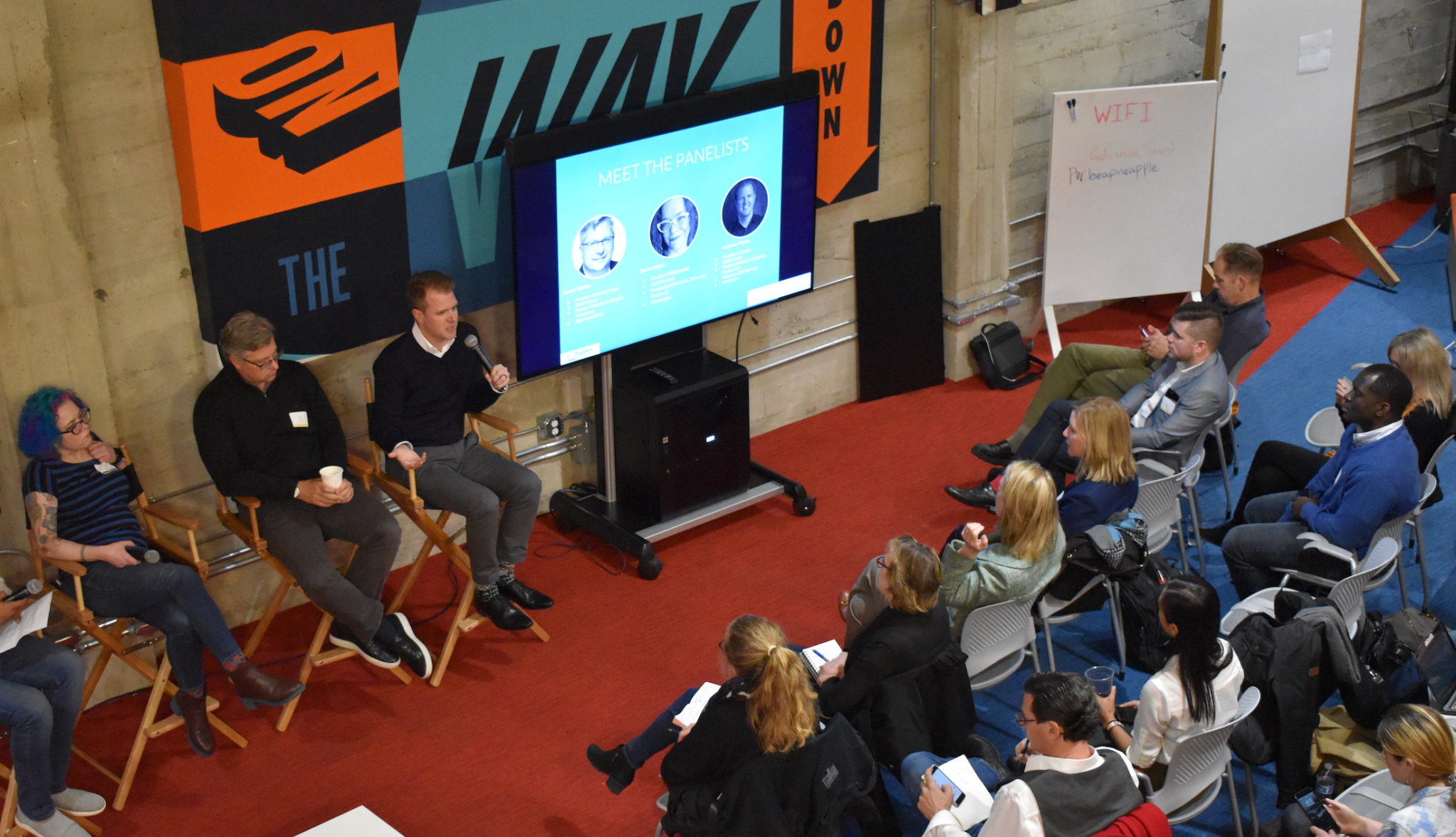
Recently, we had the opportunity to sit down with Tony Pollace of Early Growth, to get his tips on how to create a winning pitch deck.
Tony has been a CEO for over 30 years and currently serves as a consulting CFO to Early Growth. His industry expertise includes semiconductors, medical, health care and SaaS fields. He has been involved in two IPOs and helped raise over $70 million in funding. He’s currently based in the San Francisco Bay Area.
The 10/20/30 Rule of Slide Design
When starting out with a pitch deck, it’s a good idea to follow marketer Guy Kawasaki’s advice:
- 10 slides
- 20 minutes at a
- 30 point font or more
In order to learn what goes into a pitch deck, your first step should be to sit in on pitches. Learn from them and take notes. If you’re reluctant to speak in front of people, take steps to overcome that fear.
When you're just starting out, you have a tendency to ramble on and lose focus. The only way to overcome that is to practice! Share on XWhen you’re just starting out, you have a tendency to ramble on and lose focus. The only way to overcome that is to practice!
What Goes Into a Pitch Deck?
The most basic parts of a pitch deck are the title, organization name, your name, contact info, tag line and elevator pitch. Of these, your elevator pitch is going to be the hardest. Try hard not to get bogged down or talk too much. Refine and hone your elevator pitch until it’s flawless and it flows easily.
What Is Your Company Trying to Solve?
The next slide should present the problem and solution. As an example, look at AirBnB. The problem they discovered was that hotels are pricey. If you wanted to book a room with a local and experience the culture of a city, there was simply no easy way to do it. Hotels leave you disconnected from the city and its culture.
The Value Proposition
Describe how your company is going to solve the problem. Looking back at AirBnB as an example, they told travelers, “You can book a room with us. You’ll save money and get to experience the lifestyle of the city in a way that no hotel can.” In a market where the travel experience is a big deal, they carved out a niche for themselves.
How Will Your Business Make Money?
This is the crux of what investors want to know. Who is your primary customer? How are you pricing your product? This is not the time to roll out a boring spreadsheet. Explain your revenue model in a way that’s simple and draws from different revenue sources.
Understanding the market opportunity is understanding the total available market, the serviceable market and how much of the market you can realistically close. Share on XUnderstanding the Market Opportunity
What is the total available market? How will you reach them? How are you going to close the market and what is your projected close ratio? Here, you’ll want to look at things like the Total Available Market, the Serviceable Market and how much of the market you can realistically close.
Knowing Your Competitors
Another crucial aspect of your slide deck has to be understanding your competition. In addition, understanding the competitive landscape is vital. Be honest and open about your competitors’ strengths and weaknesses but position yourself show how you’re different.
Introduce Your Management Team
Why is your team the best team for the job? What is their job experience and educational background? Who are your major investors? This slide is the place to showcase them.
Do a realistic three year forecast by month. Hone in on key metrics as well as things like total number of customers, total revenue and expenses and conversion rate. Share on XForecast Financial Projections
This is a vitally important part of your slide deck, but one that novice presenters often get wrong. This is not the place to put a spreadsheet with a bunch of zeroes in the fields. Do a realistic three year forecast by month. Hone in on key metrics as well as things like total number of customers, total revenue and expenses and conversion rate. Investors want to know the answer to when you’ll break even. Show them that you’ve done your due diligence and research to make an accurate forecast.
Disclose Your Growth Plan
Investors also want to understandably see how you’re planning to grow. When is your soft launch? Your full launch? Your growth and expansion? In short, what are your plans for the future and when do you plan to hit them?
Above all, test your pitch deck before you present. Ask a dozen people to describe your company in their own words. You'll be surprised at what they remember, and what they've forgotten. Share on XFinally: The Ask
The most important part of the deck! This is where you’ll go into detail on the size of the round and the terms, as well as share what you’ve raised so far and what milestones you’re planning to reach and how much it costs to get there.
Above all, test your pitch deck before you present. Ask a dozen people to describe your company in their own words. You’ll be surprised at what they remember, and what they’ve forgotten. When they can describe it perfectly and you felt like you’ve done everything you can to make your value proposition clear, then it’s time to get up there and make your best effort!
Periodically at Founders Network we do pitch deck reviews. Be sure to sign up if you’d like to get insider feedback on how to craft a truly remarkable and memorable deck for your presentation!






